In order to be able to analyse the various threats and identify the risks facing a space system, it is necessary to describe precisely all the elements that make up the system and the links between them.
Figure 1 shows a simplified example of the network topology of a satellite Command and Control system. It is composed of an operations centre, a base station (or ground station), a ground network and a satellite.
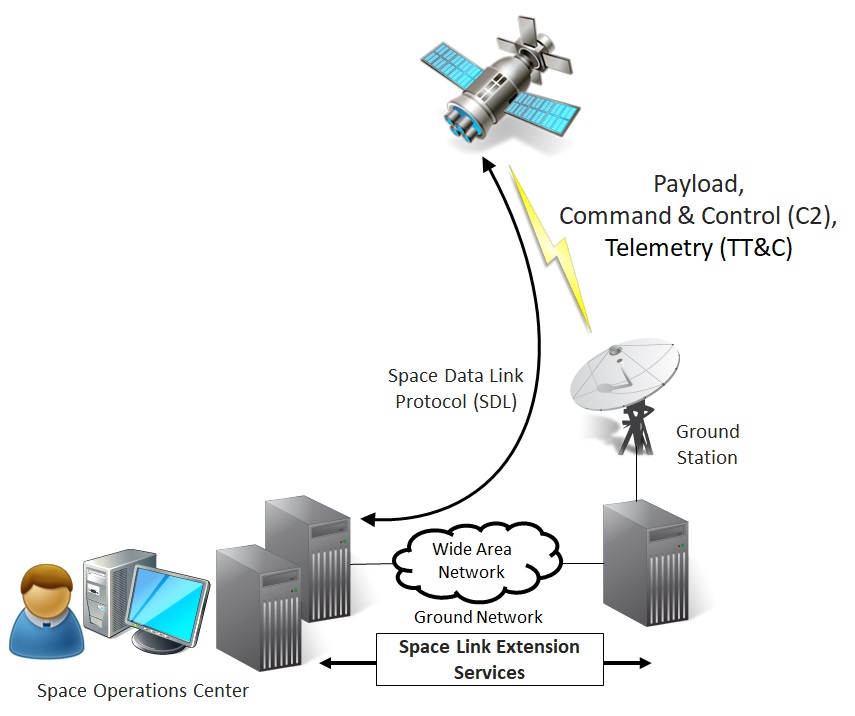
The base station is the central element of the device. It is through it that the operations centre can communicate with the satellite.
The link between the satellite and the base station carries three different types of information: payload (payload), telemetry (TT&C) and Command & Control (C2).
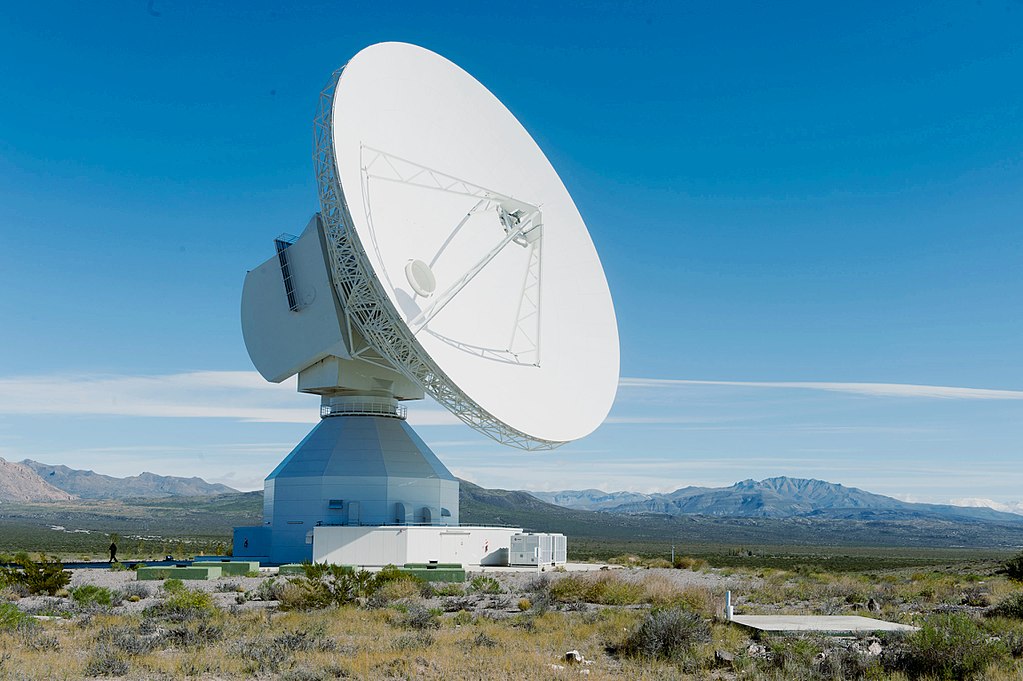
The payload corresponds to the data transported or collected by the satellite and used by the satellite’s customers (images, TV, internet, weather, etc …).
Telemetry corresponds to data sent by the satellite, for example on its position or status. Telemetry is composed of three elements called TT&C for Telemetry, Tracking & Control.
Finally, Command & Control (C2) are instructions sent to the satellite by the operations centre to perform, for example, orbit correction manoeuvres.
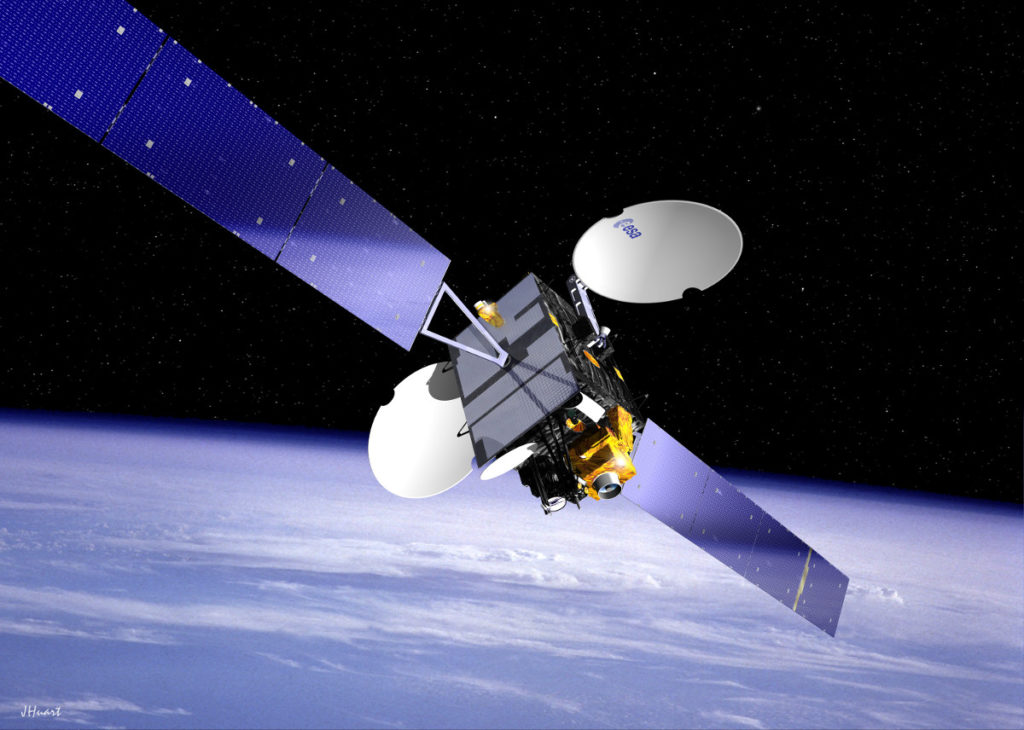
A ground station operates 7 days a week, 24 hours a day. It is remotely controlled and operated by the operations centre via IP or serial interfaces. It is capable of communicating with several satellites, requiring repositioning each time.
Space Data Link (SDL) is a protocol used to transport the satellite payload as well as telemetry and Command & Control.
The terrestrial network that connects the base station to the operations centre consists of a link called the Space Link Extension (SLE) Services. The Space Link Extension (SLE) extends the Space Data Link (SDL) from the satellite to the operations centre.
The security of these two protocols will be discussed in a future article.
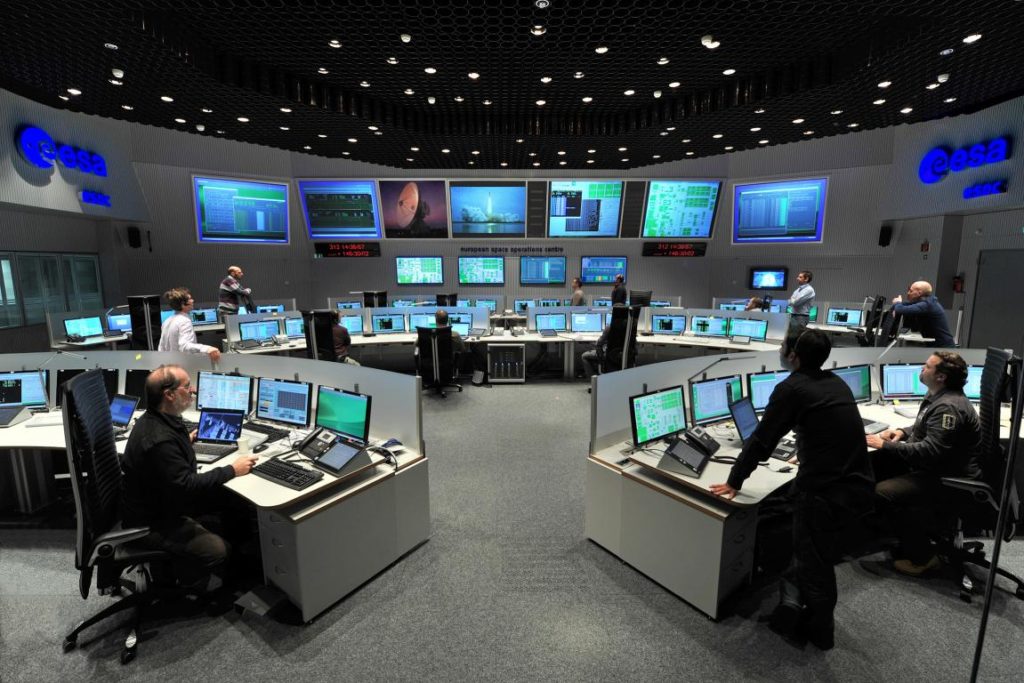
In the previous network topology, the satellite payload, telemetry (TT&C) and Command & Control (C2) are multiplexed on the same satellite link. In most missions, this link is actually separated into two separate links as shown in Figure 2 with one link to carry the payload and another link to carry the telemetry (TT&C) and Command & Control (C2). On each of the two links is the Space Data Link (SDL) which is extended from the satellite to the operations centre by the Space Link Extension (SLE).
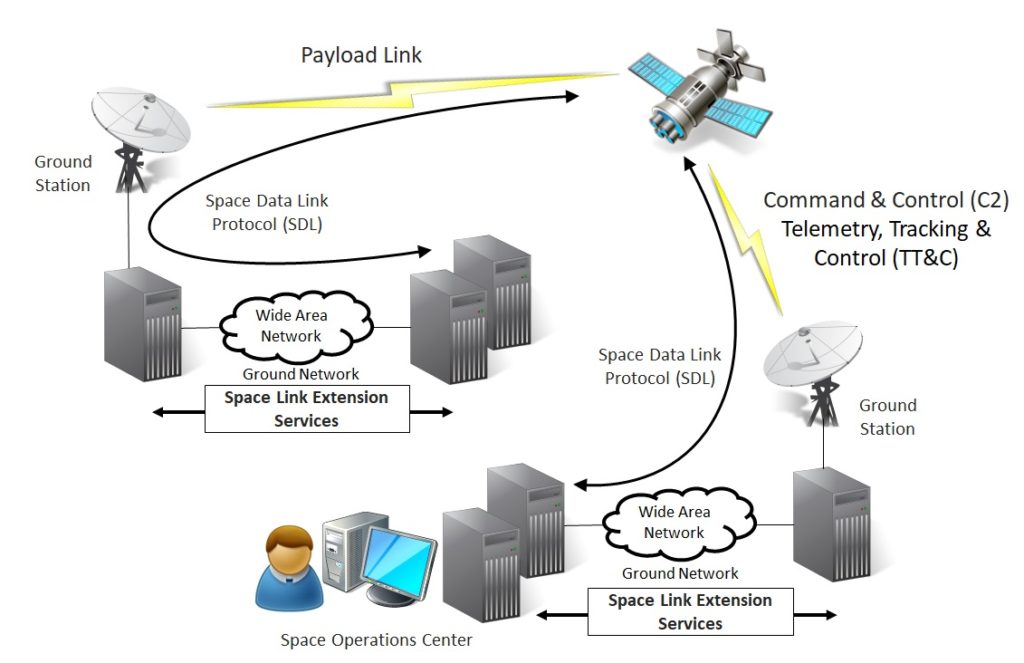
To be even more precise, we have added in the following diagram (Figure 3), a user of the service offered by the satellite. This can be either a passive terminal that only receives a signal (example: a TV decoder) or an active terminal that receives and sends a signal (example: a satellite telephone).
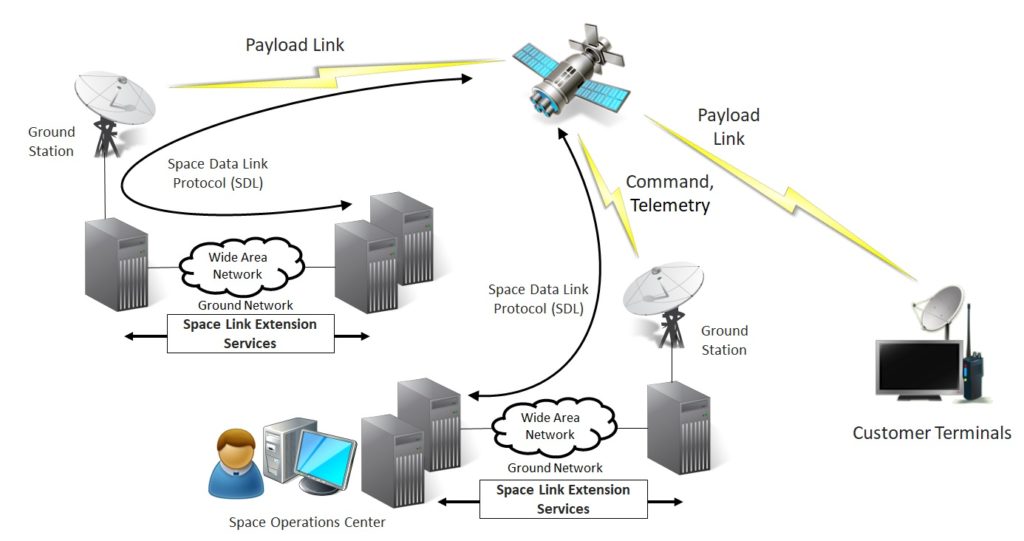
Finally, the last diagram (Figure 4) allows us to identify 3 different sets called segments that make up most spacecraft Command and Control systems.
The Ground Segment is composed of all the elements on the ground that are used for telemetry, Command and Control and payload distribution. The Ground Segment consists of the base stations, the operations centre and the ground network. The ground segment also includes all test, integration and launch systems when the mission also includes a launcher.
The Space Segment is composed of the satellite (or constellation of satellites), the uplink and downlink. In some models, the satellite links may be part of a separate segment called the Space-Link Communications Segment.
The User Segment consists of all user equipment that receives the signal from the satellite but can also transmit a signal to the satellite.
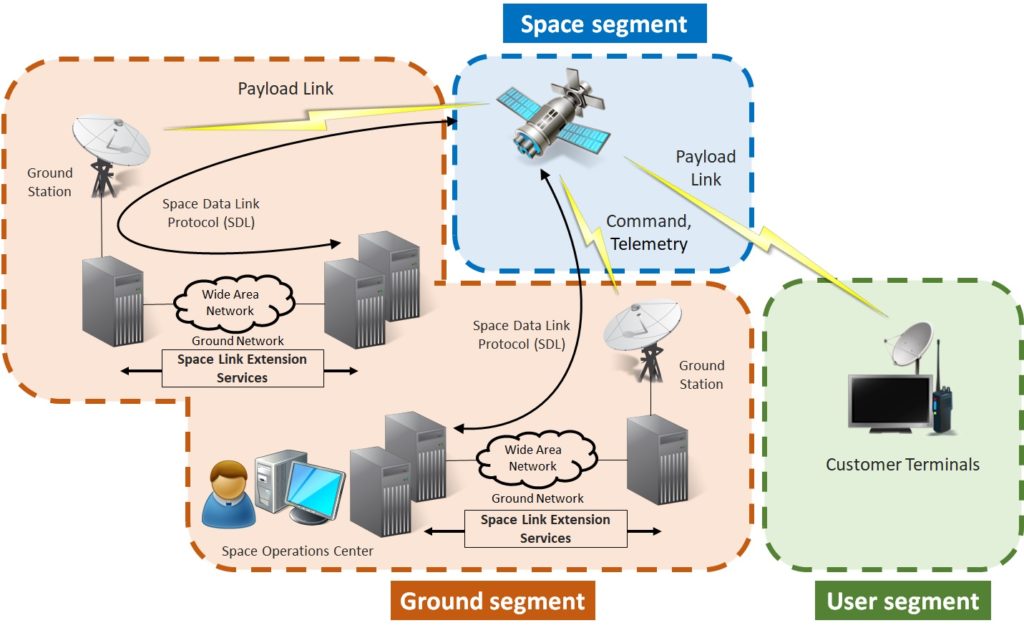
These three segments together will represent the scope of our risk analysis of a space system, which will be the subject of a future article.
For this article, we have studied the presentation by Ignacio Aguilar Sanchez (ESA) and Daniel Fischer (ESA) available here.

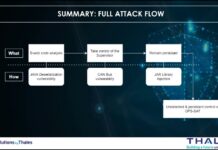
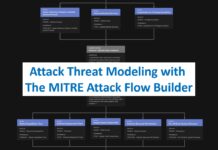
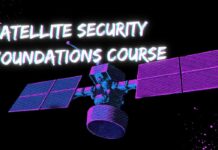

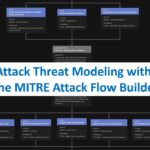
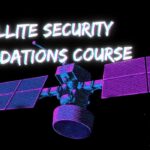




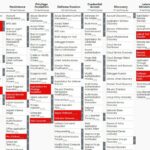
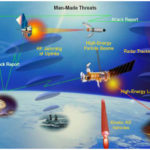
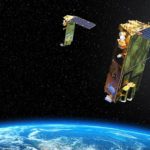



[…] communication happens between your ground station and command and control system, check out this article here to learn […]